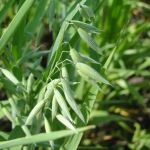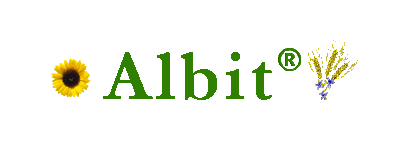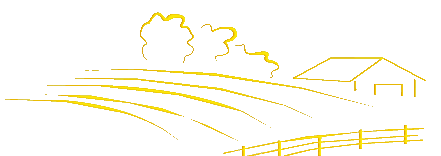|
|

Materials of this chapter were published in the article: T.A. Ryabchinskaya, N.A. Sarantseva, G.L. Kharchenko, I.U. Bobreshova, A.K. Zlotnikov. The tactic of using polyfunctional biostimulant Albit on oats // Saharnaya Svyokla (Sugar Beet). - 2013. - ¹ 6. - P. 36-44. About the effectiveness of treatment with Albit to reduce mycotoxins
content see also article: A.K. Zlotnikov, K.M. Zlotnikov. Influence of
biostimulant Albit on oats contamination by mycotoxins // Zemledelie (Agriculture).
- 2013. - ¹5. - P. 41-44. Stable positive reaction to the biostimulant Albit is typical not only for grains (wheat, barley, rye), but also for paniculate cereals (sorghum, millet, rice, oats). Albit has been tested and applied on oats since 1998 in Bryansk, Vladimir, Voronezh, Ryazan oblasts and other regions (see Table). Increase in yield of oats under the influence of Albit ranged from 7.5 to 22.3 %, or from 0.4 to 0.6 t/ha with a control level of 1.9-5.5 t/ha depending on the year, method of treatment and region. On average, the treatment with Albit increases the yield of oats by 15.7 % (0.46 t/ha). The high economic efficiency of Albit on oats was shown. Recoupment of Albit application on oats was from 3.5 to 7.3 times (profitability - 260-635 %). Each liter of Albit provides additional yield on average 19.2 tons of oats. One liter of Albit is enough for treatment of 41.7 hectare at a rate of 20 mL/t seed + 20 mL/ha. Method of application. On oats pre-sowing seed treatment and spraying at the tillering stage, with application rate of Albit 20 mL/t and 20 mL/ha are recommended.
Fig. 1. Seed treatment with Albit promoted to enhanced development of root system of oats, and also more friendly and uniform germination. Left – variant with Albit treatment, right - variant with standard treatment (Magdeburg, Germany, 2012).
Treatment with Albit allows effective prevention of infectious diseases (leaf rust, red-brown blotch, Septoria leaf spot, and root rots of various origin), increased flag leaf growth and photosynthesis efficiency, accelerates phases of growth, enhances the resistance of plants to heat and drought. Some effectiveness of Albit against insect pests was shown (flea beetles, wheat leaf-miner, corn-flies). Sprayings with Albit should be combined with the planned application of herbicides, fungicides, insecticides and liquid fertilizers. Field trials of many years showed that oats grain (compared with other cereals) has the highest concentration of harmful compounds - mycotoxins. Therefore the impact of treatments with Albit on mycotoxin content in oats grain was evaluated. It was found that Albit reduces crop infestation by major mycotoxins deoxynivalenol (DON), T-2, NT-2, ochratoxins. On the aggregated data we can conclude that the best rate of Albit is 20 mL/t (ha), since increasing the level of all of the examined mycotoxins has not been observed. In an experiment conducted in 2011 reduction of mycotoxins content under the influence of Albit was approximately 25 % (with higher content of mycotoxins in control), in 2012 by 40-60 % (with lower content of mycotoxins in control). It was found that Albit at the recommended dosages is able to reduce the content of mycotoxins. It is important due to chemical pesticides often have a negative impact on the content of mycotoxins in grains (for details click here). On oats Albit is applied as antidote for reducing of phytotoxic effect of pesticides. Also Albit increases germination, activates growth and development, increases resistance to unfavorable climate conditions, improves yield quality, decrease content of mycotoxins in crops. Our product also increases resistance to diseases.
In the following Table, you can see all reports on performance of Albit on oats, available in English. For all available reports, please see corresponding table on Russian webpage.
|
|
||||||||||||||||||||||||||||||||||||||||||||||||||||||||||||||
Terms and Conditions
|
|




